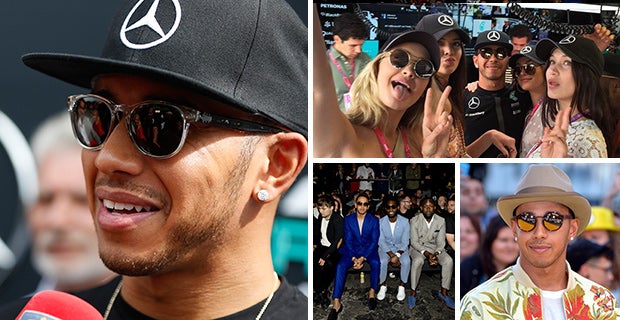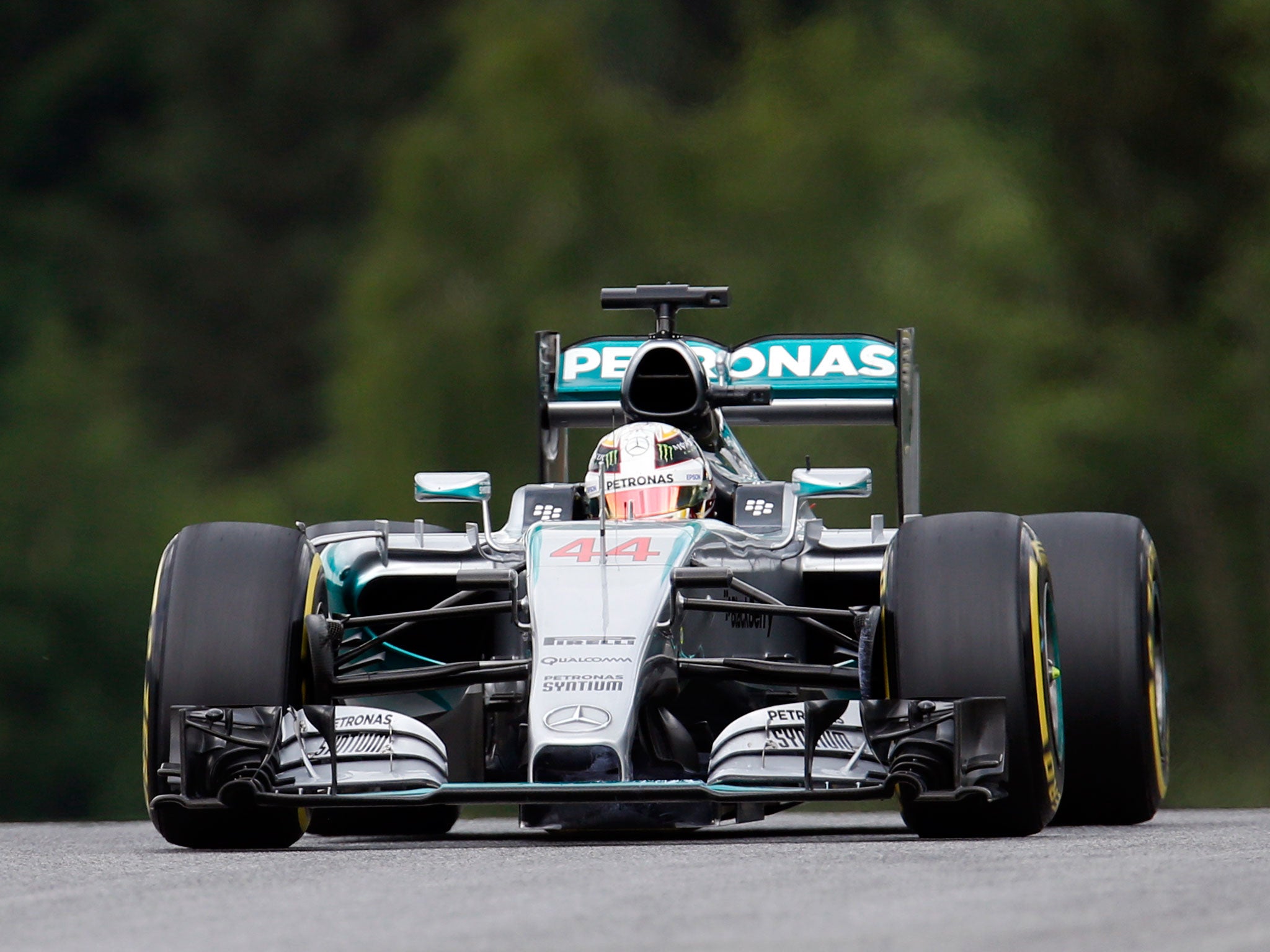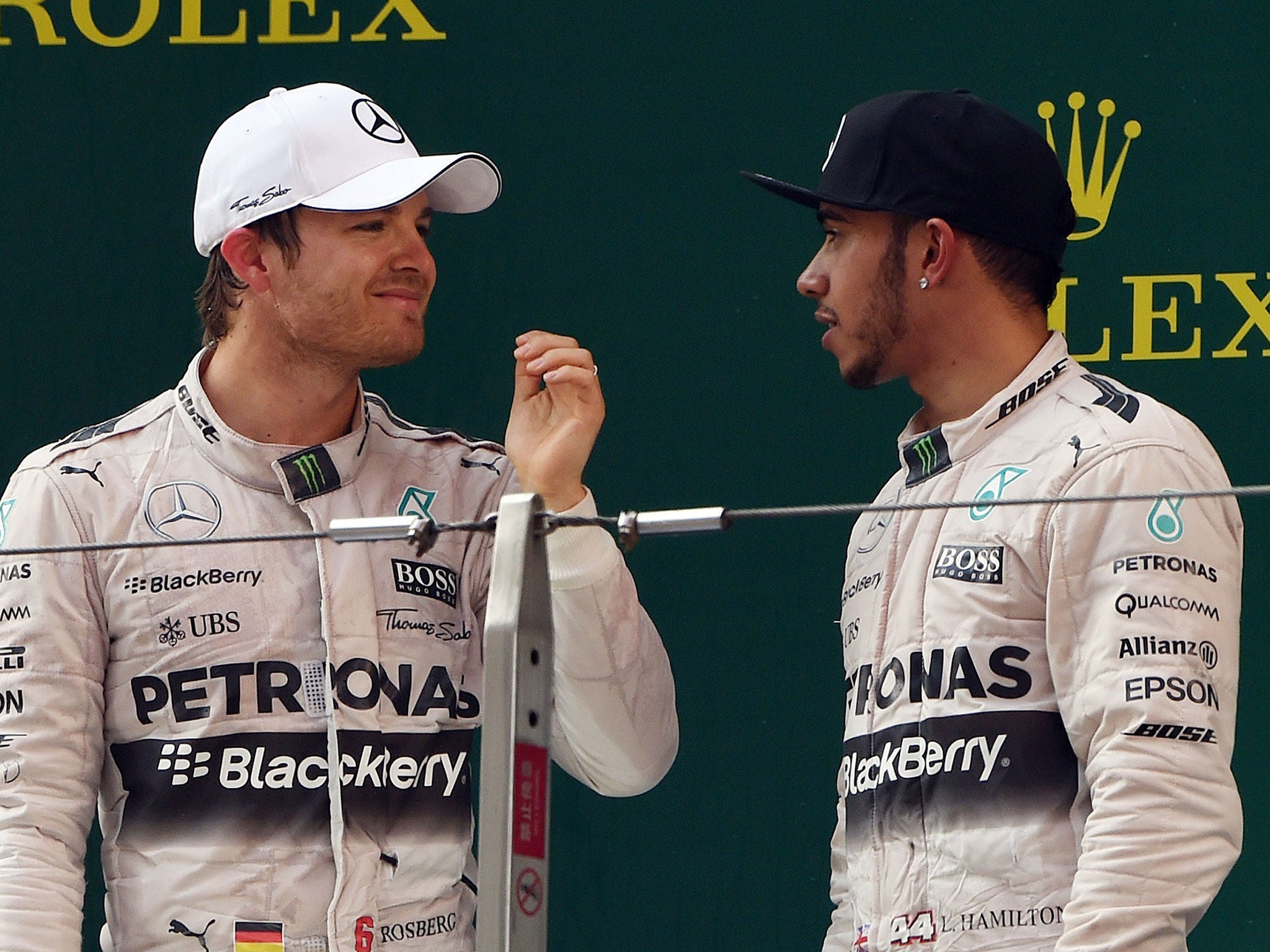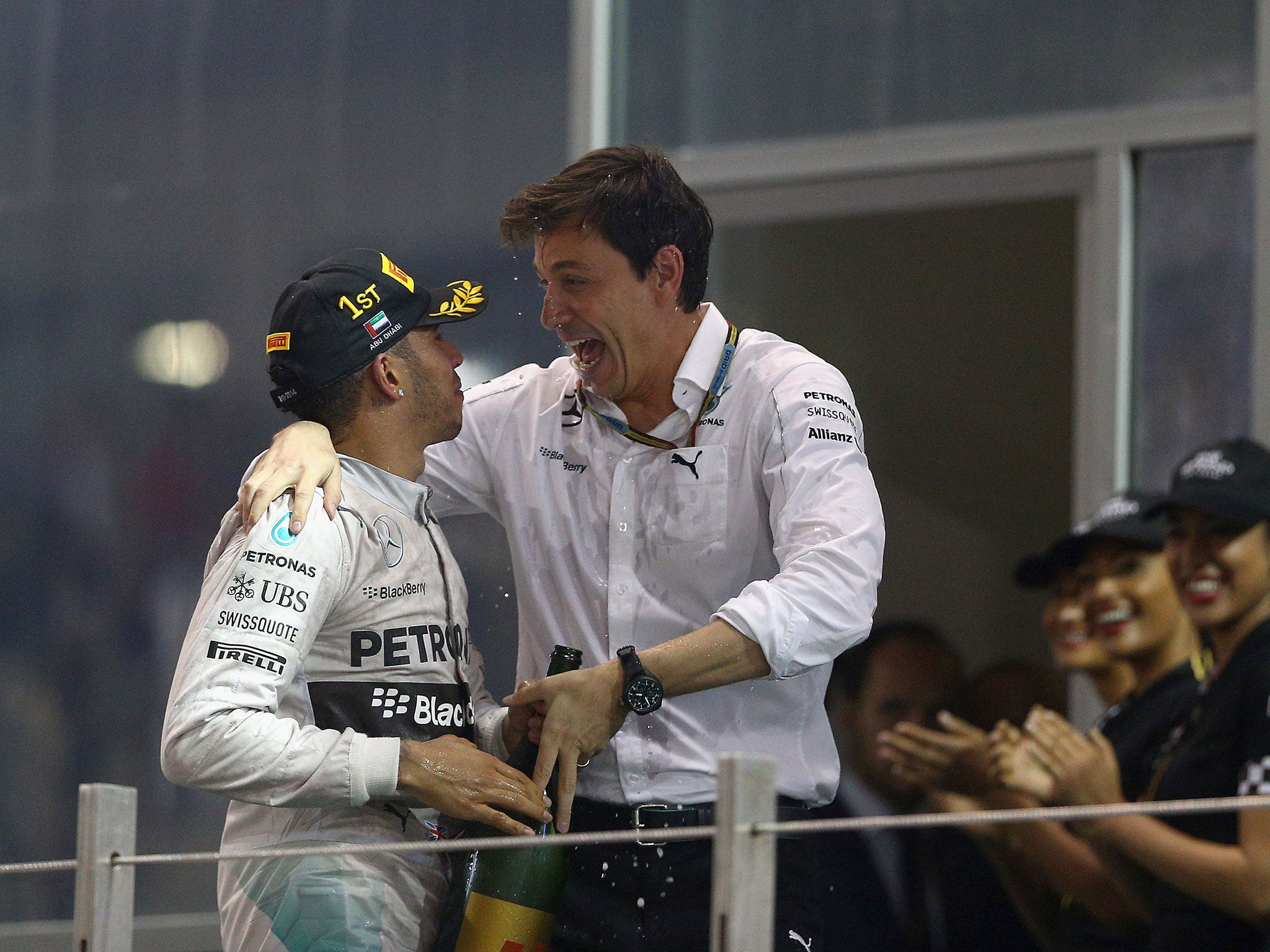Lewis Hamilton is 'the only superstar in Formula One', says Mercedes chief Toto Wolff
EXCLUSIVE: With his team on track to take the title again, Mercedes’ executive director tells Christian Sylt and Katy Fairman of his hopes and plans for the F1 future – and why his No 1 driver is the best there is

Your support helps us to tell the story
From reproductive rights to climate change to Big Tech, The Independent is on the ground when the story is developing. Whether it's investigating the financials of Elon Musk's pro-Trump PAC or producing our latest documentary, 'The A Word', which shines a light on the American women fighting for reproductive rights, we know how important it is to parse out the facts from the messaging.
At such a critical moment in US history, we need reporters on the ground. Your donation allows us to keep sending journalists to speak to both sides of the story.
The Independent is trusted by Americans across the entire political spectrum. And unlike many other quality news outlets, we choose not to lock Americans out of our reporting and analysis with paywalls. We believe quality journalism should be available to everyone, paid for by those who can afford it.
Your support makes all the difference.The tussle everyone in Formula One is talking about is set to take another turn tomorrow at the Austrian Grand Prix as Britain’s Lewis Hamilton squares up on track against his arch-rival and Mercedes team-mate Nico Rosberg.
Both are vying for the championship, and lie first and second in the standings – but only one is a superstar, according to Mercedes’ executive director, Toto Wolff.
“I think Lewis is probably the only superstar in Formula One,” says Wolff. “For me he is not only the best driver at the moment but he is also a personality with profile. He polarises and that gives him actually the edge.”
Hamilton won the 2014 title for Mercedes and seems to be on track to take it again this year as he leads the standings by 17 points from Rosberg.
However, Hamilton is becoming better known for his jet-set lifestyle than his results on track. He counts reality TV stars the Kardashians and rapper P Diddy among his friends and is a regular on the party scene, often turning up wearing huge gold chains and with one of his bulldogs on a lead.
Wolff says the key to Hamilton’s success is “great race craft”. He explains: “He understands where to position the car and, although he is very emotional, which is needed in a race car, he has matured as a person and developed and stays calm. He knows what is good for him and what is bad for him. He knows how to put himself in the best mental and physical shape to race.”
He adds that one of Hamilton’s biggest strengths is perhaps the most unexpected: his rivalry with Rosberg. The two have repeatedly tussled on track – most memorably at last year’s Belgian Grand Prix, when Rosberg’s front wing spectacularly sliced into Hamilton’s left rear tyre, leaving him with a puncture and forcing him to pull out.
Although they have gone through frosty periods, they have always managed to reconcile their differences. Wolff says this combination of competition and confidence in Rosberg has driven Hamilton to success.
“I think Nico is a very important factor to making Lewis so successful because Nico has a completely different approach but, ultimately, on a lap it makes him very fast as well. I think it helped Lewis to develop skills which maybe were a bit neglected before.
“They have known each other for 20 years and have been friends since go-karting. There is a very solid foundation in their relationship, which is sometimes under stress because they are rivals. You trust the other guy at the end of the day and that has helped both of them and the team to become what we are today.”
The team has come a long way since Mercedes bought it in 2009. Back then Mercedes cars were seen as being popular with old men, taxi drivers and undertakers. Hamilton’s success has helped to turn that around and Wolff says: “In terms of having him in the car it gives the team profile. It gives the brand profile so it has a business impact.”
He adds that Mercedes is now “perceived as younger, more dynamic, sporty than it was before then. It is attracting the market with disposable income. We have increased the potential target group of customers. You can probably say that we have gone down to 30-year-olds who can start to afford to have a Mercedes.”
This impact explains why Mercedes has thrown its weight behind Hamilton and recently signed him up on a three-year contract understood to be worth £100m.
In contrast, Wolff says Formula One’s new generation are not as inspiring since they are too young. This year 17-year-old Toro Rosso driver Max Verstappen became the youngest driver in the sport’s history after just two years of car racing.
“I think an F1 driver needs to be somebody who is looked up to, a hero and a gladiator, and I’m not sure if we actually want to have too many kids in race cars because they won’t be as inspirational as some of the older, more established ones,” says Wolff. “Nevertheless, I think that extraordinary talent needs to have access to Formula One. I think that, for example, Max Verstappen is extraordinary, extraordinary talent and deserves to be in Formula One.”

To find more like him Wolff is considering reinstating the Mercedes young driver programme, which had its heyday in the 1980s when it nurtured such talent as Michael Schumacher and the former Williams driver Heinz-Harald Frentzen.
“I’d like to set it up again. The reason why I didn’t until now was that I can’t give them proper access. In Formula One I can’t afford to take risks. I need to have the best guys in the cars and in order to have the best guys they need experience so I will never take somebody who has no experience.”
Mercedes has an option on last year’s European Formula Three championship winner Esteban Ocon and the team’s reserve driver, Germany’s Pascal Wehrlein, also came through Formula Three. “I think the most sensible route at the moment is Formula Three” says Wolff. “It is a huge grid, almost 40 cars. We have seen in the last couple of years the best ones have come from Formula Three and, at the moment, that is probably the race series I would be looking at the most.
“I have programmes where I can place young drivers and from then on decide whether I want to give them a chance as a test driver in Formula One, give them test days – which I am doing at the moment with Pascal – and then decide if I identify somebody who is promising to be a superstar. We can then decide whether we want to afford to buy them a seat in Formula One.”

He adds that changes to the regulations in 2017 are likely to make it tougher for young drivers to compete. Reintroducing refuelling was the change that got most media attention but Wolff says the others are more significant.
“I’m not sure refuelling is the right thing but I think that making the cars five or six seconds quicker, wider, with more down-force and more G-force is going to speed the cars up and make them more dangerous and more spectacular to drive. You will need big muscles to drive these cars.
“It is going to be a physically tough car to drive and it is going to be exhausting. The perception of the skills you need to have is going to be different again because today you see some of these 17- or 18-year-olds jumping in a car and they are competitive.”
However, Wolff says the youngsters are not the biggest threat to Mercedes winning the championship again: that is Ferrari. “You cannot underestimate Ferrari. I think they started the development of this year’s car earlier than us because they wrote off the 2014 season early. They have some clever guys, all the resources they need. I am just sceptical, with a little dose of paranoia, and you have to be.”

--
F1’s playboys
Sir Stirling Moss
Arguably the finest driver never to have won the world championship, Moss was a self-confessed “chaser of the girls” off the track.
Jim Clark
The three-time world champion formed a formidable partnership with Graham Hill on the track, but it was their antics off it that saw them embrace the “playboy” lifestyle. They could often be seen at pool parties or enjoying a drink or two.
Graham Hill
Hill’s iconic moustache is almost the epitome of the F1 superstar. Always seen to be charming the ladies, Hill married his wife Bette in 1955, though that didn’t stop him from being the centre of attention at all times.
James Hunt
“Hunt the Shunt” went down in history, not just for his on-track duel with Niki Lauda but for his exploits off it, where he had a reputation as a drinker and womaniser.
Join our commenting forum
Join thought-provoking conversations, follow other Independent readers and see their replies
Comments